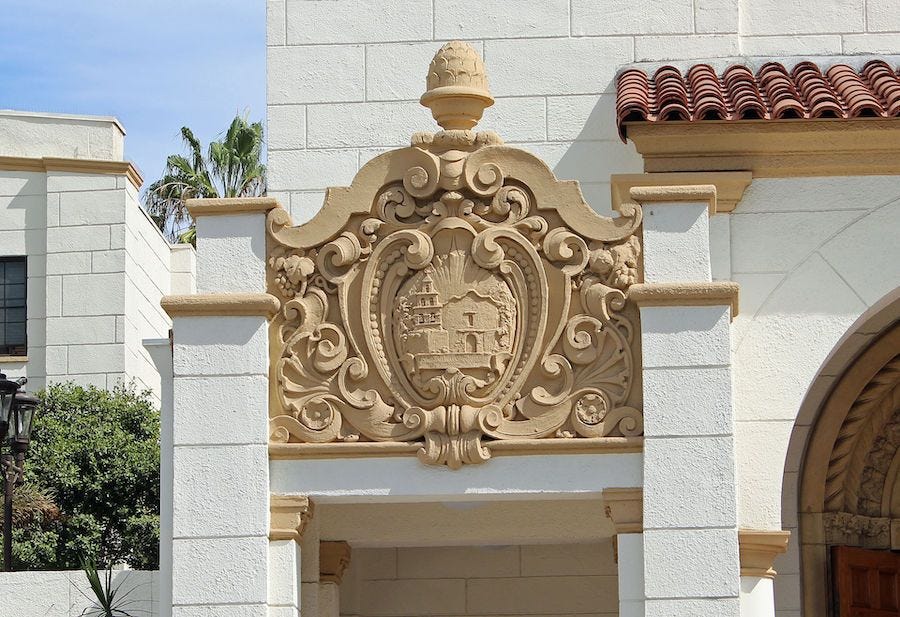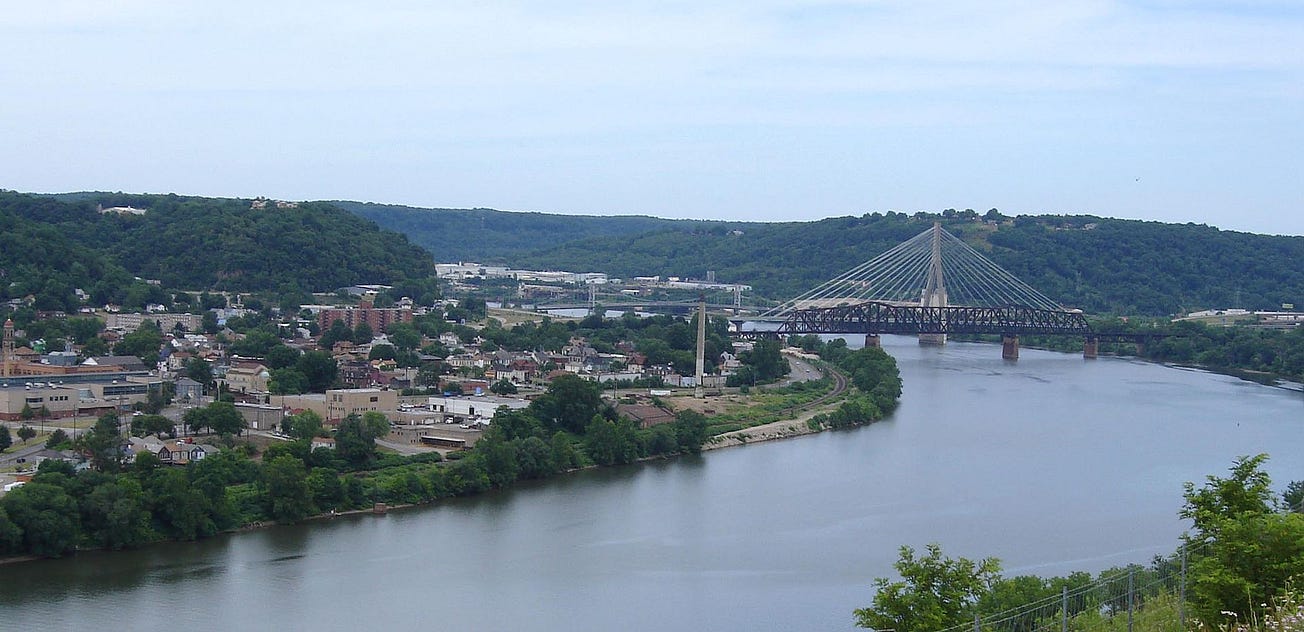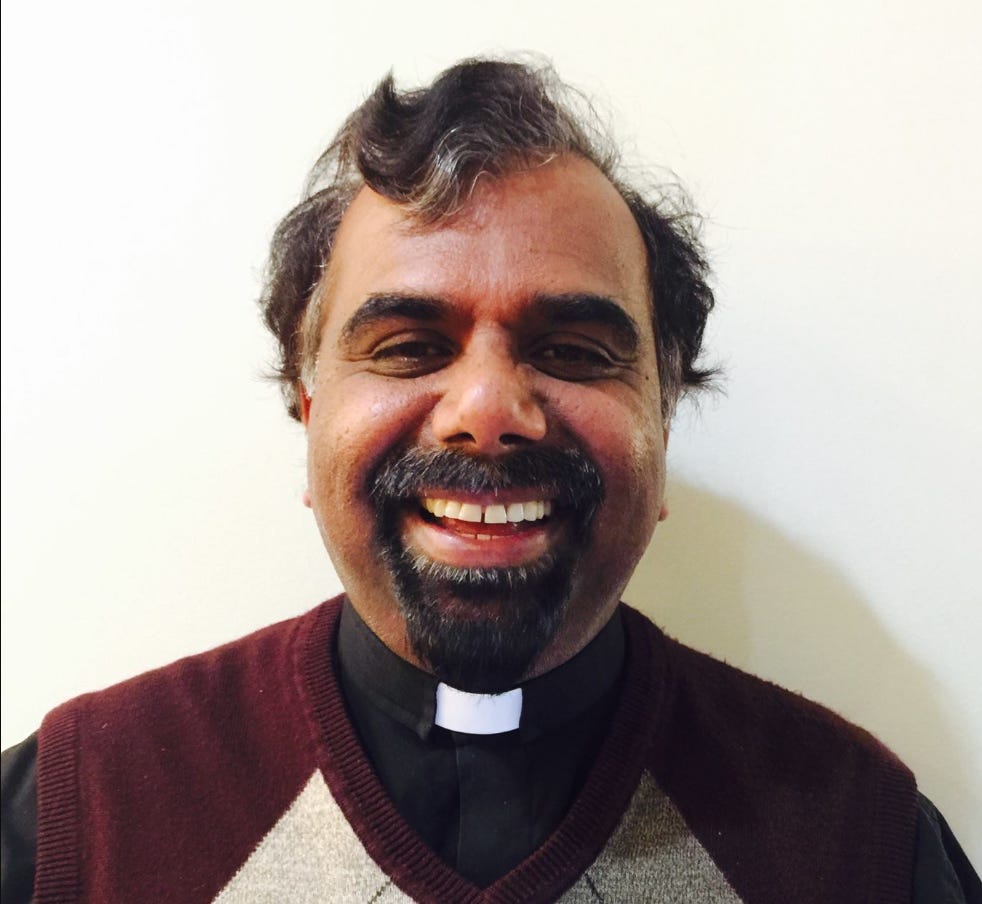The Diocese of San Diego is considering filing for bankruptcy, Cardinal Robert McElroy told Catholics last week. Having already paid hundreds of millions of dollars in compensation to victims of historical instances of clerical sexual abuse, the diocese is facing a tide of new claims.
If the San Diego story seems familiar, it’s likely because bankruptcy has become a common method for American bishops to address the often-massive financial liabilities created by the sexual abuse crisis — a stage in a predictable cycle, in which a window opens in the statute of limitations, victims file claims, massive judgments or settlements are reached, the diocese declares bankruptcy, and some victims get some of the compensation they’re due, but not all, and not everyone.
But if bankruptcy has become a part of that familiar cycle, it’s not the only possibility - and at least one bishop attempted last year a different approach.
But can alternatives work? Or is bankruptcy the inevitable next step in San Diego?
—
In a letter released by the diocese last week, Cardinal McElroy said the diocese had become in the last three years a defendant in some 400 lawsuits over claims of sexual abuse, which were filed during a window in the state’s statute of limitations on such suits.
McElroy said the suits would have a “staggering legal cost” for the San Diego diocese.
The cardinal noted that in 2007, the diocese “paid out $198 million to settle 144 claims of abuse filed during an earlier lifting of the statute of limitations.”
“This depleted most of the assets of the diocese,” McElroy told diocesan pastors and lay officials on Feb. 10.
Because of the 2007 settlement, McElroy said, “even with insurance, the diocese will not be able to pay out similar sums now.”
“This challenge is compounded by the fact that a bill has now been introduced into the Legislature that seeks to eliminate the statute of limitations entirely, leaving the Diocese vulnerable to potential lawsuits forever.”
“Forever” is a very long time, though McElroy also gave reasons to hope that the local Church won’t be facing historical sexual abuse claims for quite that long: “The majority of these suits concern actions that took place more than half a century ago,” the cardinal said.
“One important aspect of these lawsuits is that none of them claim sexual abuse by any priest of the Diocese of San Diego currently in ministry,” he added.
“This reflects the reality that the Church has taken enormous steps to root out the sexual abuse of minors in its life and to promote the protection of minors.”
But while McElroy seemed to hope abuse claims will one day taper off, the current situation means San Diego “may be facing a moment where the diocese enters into bankruptcy in the coming months,” he explained.
—
McElroy, like other bishops who have recently declared bankruptcy, argued last week that bankruptcy could allow for diocesan assets to be used “equitably” to compensate victims of past abuse, while allowing for the local Church to continue its ministry.
In fact, the bankruptcy process does allow the court to help determine how the diocese’s creditors (including survivors) will be paid, and it can be possible to structure that process to avoid seeing all the available assets going to a few large settlements.
But that doesn’t always happen. And some argue that bankruptcy proceedings pose the risk that many victims will find there is very little help actually available to them.
Advocates for victim-survivors have cautioned that not all victims are able to come forward in the same timeframe — that people process trauma at different paces, and that those who have suffered significant trauma are often the ones who need the most time before they are ready to relive an experience, and to able to bring their account forward for compensation.
In an ordinary bankruptcy proceeding, that can mean the people who need the most time to come forward with their experiences find that when they do, they are at the back of the line for compensation among diocesan creditors, with little or nothing left when their turn comes.
To address that, some dioceses have tried to find alternatives to bankruptcy, in which the same diocesan assets are made available to compensate victims, but in a structured mediation process, which would allow all claimants to be considered, regardless of when and in what order they came forward.
Last year, the Diocese of Albany, in New York, proposed such a mediation plan with plaintiffs, offering to put substantial diocesan assets, along with insurance money, into a fund for surivors, where compensation would be decided by a third-party.
When he made the approach Albany Bishop Scharfenberger told The Pillar that his approach faced two hurdles.
The first was victims, and their lawyers, would have to accept that there was only so much money in the diocesan coffers, and only so much real estate to sell — meaning that mediated compensation settlements would likely offer smaller amounts of money than the kinds of massive judgments which might be rendered in court, or if suits are settled one at a time.
Then again, since the money for those mediated settlements would already be in account by the time an amount was offered, the money would actually arrive, instead of being tied up in bankruptcy hearings — and running the possibility of paying out at cents on the dollar.
But the other hurdle to such a plan was trust. Agreeing to alternative mediation plans would require trusting a diocese — not an easy feat for many victims.
Scharfenberger told The Pillar that he was “aware that offending institutions are not owed, and cannot assume, trust in their credibility or even good faith,” and that, as a bishop, his overtures to survivors “are naturally difficult to trust.”
Even with the endorsement of some victims-advocacy groups, Scharfenberger did not overcome those hurdles, and his plan wasn’t accepted by lawyers representing the largest blocks of claimants.
But could things be different in California? It’s possible.
San Diego is not Albany, and McElroy is not Scharfenberger. It is possible the cardinal could have more success than his Albany counterpart did advocating for an alternative to the settlement/bankruptcy cycle.
At the very least, he might get some encouragement from the Holy See to try.
—
Diocesan bishops are not the only Church personnel involved in diocesan bankruptcies.
The Holy See has reminded bishops in recent years that they’re required to get Vatican approval for “extraordinary acts of administration” which could worsen the financial stability of the diocese, including bankruptcy.
In 2020, then-prefect of the Dicastery for Clergy, Cardinal Beniamino Stella wrote to all U.S. diocesan bishops, noting the rising number of bankruptcy filings and lamenting that while “in most of these cases, the permission of the Holy See was sought, in conformity with the prescripts of law, in some, however, the necessary permission was not requested.”
When permission is requested, the Holy See aims to ensure that the diocese has consulted with the best available financial and legal resources, and with priests and other Catholic advisors, before taking such a drastic step.
That consultation usually involves the question of how the diocese will be able to continue its ministry after a bankruptcy. It’s not clear whether the Holy See has, to date, considered whether bankruptcy is the plan in the best interest of the victims of clerical sexual abuse, or whether it is most likely to ensure that as many of them are compensated as possible. That side of the equation is often subject to less scrutiny.
But no matter the reason, the Vatican is clearly reluctant to see dioceses declare bankruptcy. Given that Scharfenberger publicly proffered an alternative model, and that some victim-survivors supported it, the Dicastery for Clergy may well ask McElroy to do as much as he can to see an alternative mediation arrangement – if he eventually asks them to sign off on a bankruptcy plan.
📰
—
Bankruptcy is not an “easy way out” for dioceses, still less a panacea.
Even in the best of circumstances, it is an often protracted and painful process, one which usually takes a permanent toll on the stable patrimony of the local Church — buildings, land, assets, and cash given and bequeathed by generations of Catholics to fund the mission and ministry of the diocese.
And even when motivated by the best of intentions — including the delivery of justice to survivors of clerical abuse — the Church recognizes that decisions which impact diocesan patrimony need to be considered carefully.
And as more bishops reach a point of unmanageable fiscal liability, the Holy See will need more frequently to give guidance on how the question should be addressed.
Whether the Vatican recommends at least trying the “Albany model,” — and whether dioceses find that it’s tenable — remains to be seen. But San Diego might well prove an interesting case study.




